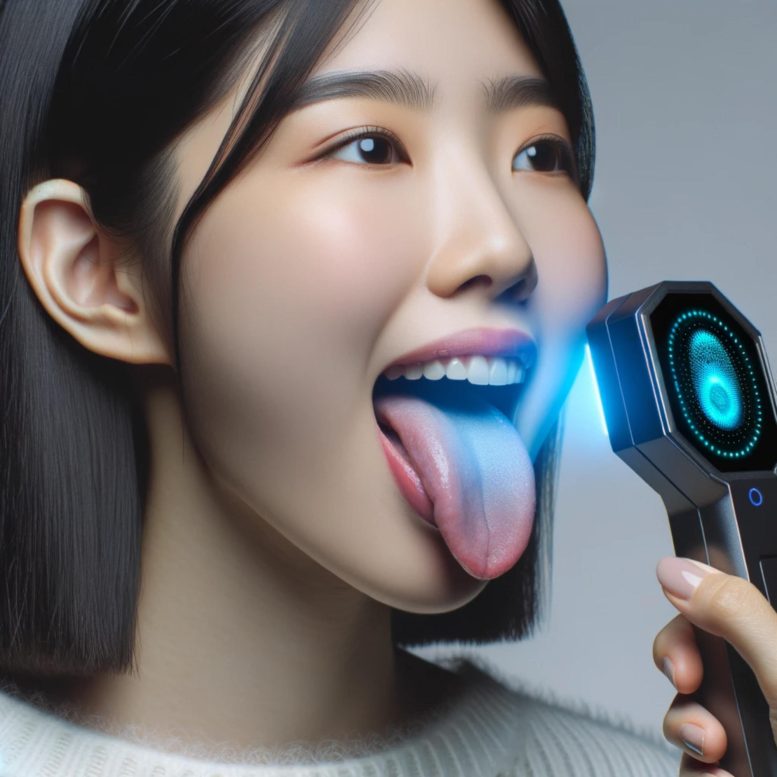
Chinese herbalists have, for 2000 years, diagnosed diseases by examining the human tongue. This method is now being enhanced by artificial intelligence and machine learning technologies. A collaborative study between Iraqi and Australian researchers demonstrated that a computer-assisted tongue diagnostic system could accurately identify diseases like diabetes and renal failure in 94% of cases. Such diagnostic methods, which often use simple devices like smartphones, offer a promising, cost-effective alternative for remote health monitoring, especially in pandemic-restricted scenarios.
A 2000-year-old practice by Chinese herbalists – examining the human tongue for signs of disease – is now being embraced by computer scientists using machine learning and artificial intelligence.
Tongue diagnostic systems are fast gaining traction due to an increase in remote health monitoring worldwide, and a study by Iraqi and Australian researchers provides more evidence of the increasing accuracy of this technology to detect disease.
Engineers from Middle Technical University (MTU) in Baghdad and the University of South Australia (UniSA) used a USB web camera and computer to capture tongue images from 50 patients with diabetes, renal failure, and anemia, comparing colors with a database of 9000 tongue images.
Achievements in Disease Diagnosis through Tongue Imaging
Using image processing techniques, they correctly diagnosed the diseases in 94 percent of cases, compared to laboratory results. A voicemail specifying the tongue color and disease was also sent via a text message to the patient or nominated health provider.
MTU and UniSA Adjunct Associate Professor Ali Al-Naji and his colleagues have reviewed the worldwide advances in computer-aided disease diagnosis, based on tongue color, in a new paper in AIP Conference Proceedings.
Technological Innovations and Future Potential
“Thousands of years ago, Chinese medicine pioneered the practice of examining the tongue to detect illness,” Assoc Prof Al-Naji says.
“Conventional medicine has long endorsed this method, demonstrating that the color, shape, and thickness of the tongue can reveal signs of diabetes, liver issues, circulatory and digestive problems, as well as blood and heart diseases.
“Taking this a step further, new methods for diagnosing disease from the tongue’s appearance are now being done remotely using artificial intelligence and a camera – even a smartphone.
“Computerised tongue analysis is highly accurate and could help diagnose diseases remotely in a safe, effective, easy, painless, and cost-effective way. This is especially relevant in the wake of a global pandemic like COVID, where access to health centers can be compromised.”
Diabetes patients typically have a yellow tongue, cancer patients a purple tongue with a thick greasy coating, and acute stroke patients present with a red tongue that is often crooked.
A 2022 study in Ukraine analyzing tongue images of 135 COVID patients via a smartphone showed that 64% of patients with a mild infection had a pale pink tongue, 62% of patients with a moderate infection had a red tongue, and 99% of patients with a severe COVID infection had a dark red tongue.
Previous studies using tongue diagnostic systems have accurately diagnosed appendicitis, diabetes, and thyroid disease.
“It is possible to diagnose with 80% accuracy more than 10 diseases that cause a visible change in tongue color. In our study, we achieved a 94% accuracy with three diseases, so the potential is there to fine-tune this research even further,” Assoc Prof Al-Naji says.
Reference: “Computer-aided diseases diagnosis system based on tongue color analysis: A review” by Abdulghafor Khudhaer Abdullah, Saleem Lateef Mohammed and Ali Al-Naji, 8 September 2023, AIP Conference Proceedings.
DOI: 10.1063/5.0154231

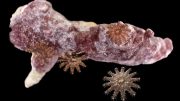
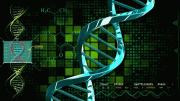
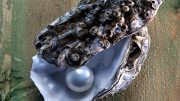
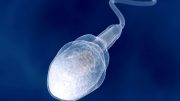

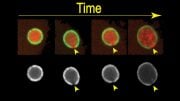

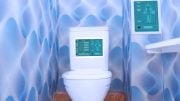
Hello
Good time
How to get help from artificial intelligence to diagnose language disease!?
I want to know is it with software or hardware?